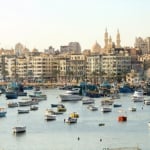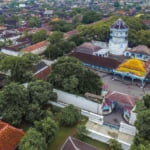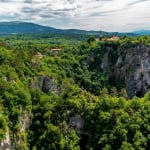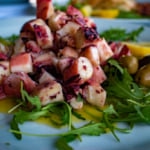Name: Setokura & Setokura Museum
Address: 1-1 Kuradokoro-cho, Seto City, Aichi Prefecture
Official/Related Website: http://www.city.seto.aichi.jp/docs/2011031500092/
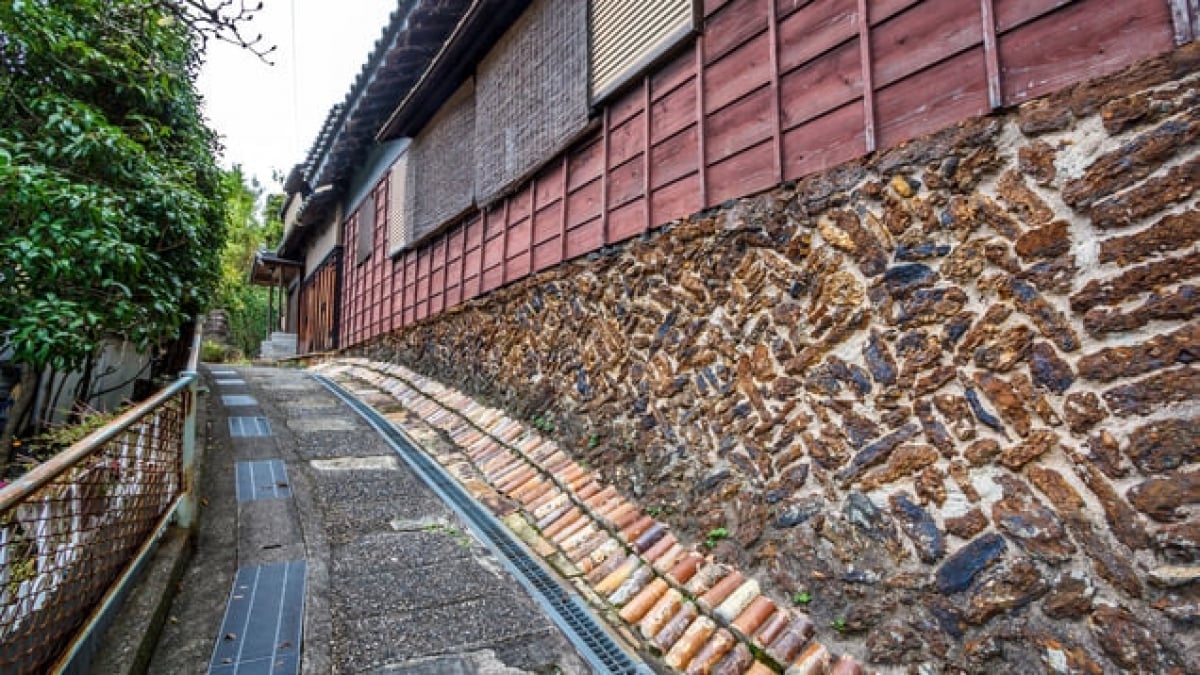
7 Must-Visit Tourist Attractions in Seto City, Aichi
If you visit Seto City in Aichi Prefecture—located about 18 km northeast of central Nagoya—you’ll want to check out these attractions. Seto is the birthplace of “Setomono” (ceramics), with a long history of pottery dating back to around the 10th century. Even today, along the river flowing through the city, numerous pottery shops line the streets.
But Seto isn’t just about ceramics; it has many other appealing attractions. With its picturesque scenery frequently used as a filming location for movies and commercials, Seto offers a wealth of interesting spots. Here’s our ranking of the top 7 tourist attractions in Seto City that you shouldn’t miss.
table of contents
[x] close
7 Must-Visit Tourist Attractions in Seto City, Aichi
1. Setokura & Setokura Museum
Setokura is a multi-purpose facility created to support industrial tourism and community exchange. The second and third floors house the Setokura Museum, where you can learn about Seto pottery while enjoying engaging exhibits. The museum displays a panoramic history of ceramics spanning over 1,000 years, and recreates the lively streets of the era when mass production thrived, complete with reconstructed kilns and pottery studios.
Special exhibition rooms host themed shows every few months, enticing even repeat visitors. On the first floor, you’ll find a union-operated shop and restaurant offering Seto ware at bargain prices—perfect for picking up souvenirs.
2. Maneki Neko Museum
With Japan’s ongoing cat boom, the popularity of the beckoning cat (maneki neko) has soared. Seto City’s Maneki Neko Museum is one of the largest of its kind in Japan, displaying approximately 1,000 pieces collected by the caretaking couple of the “Japan Maneko Club.”
Housed in a retro, Western-style building reminiscent of the Taisho era, both the exterior and interior are a hit with visitors. Rows of maneki neko on wooden shelves are truly impressive.
In addition to permanent and special exhibits featuring rare items, the museum shop sells original maneki neko merchandise. You can even try your hand at dyeing your own maneki neko, creating a one-of-a-kind lucky charm that makes a great souvenir.
Name: Maneki Neko Museum
Address: 2 Yakushimachi, Seto City, Aichi Prefecture
Official/Related Website: http://www.luckycat.ne.jp/
3. Fukagawa Shrine & Tohiko Shrine
You might even receive an omen at these shrines! Fukagawa Shrine, founded in 771 (Hōki 2), is an ancient shrine regarded as the guardian deity of Seto. According to legend, Fujishirō, considered the founder of Seto pottery, discovered the ideal clay for making ceramics through an oracle at this shrine. The main hall is adorned with sculptures of dragons and guardian dogs (komainu) crafted by renowned Suwa artisans—worth a look.
As a token of gratitude for the divine message, the important cultural property “Komainu” created by Fujishirō is a must-see. Right next door is Tohiko Shrine, where Fujishirō is enshrined. Known for his diligence—having studied pottery in China for six years and journeyed across Japan in search of the perfect clay—Fujishirō’s legacy lives on.
You might even wish to donate to the “Onegai Komainu” to have your wishes granted. In honor of Fujishirō’s legacy, Seto City hosts the “Seto Tōso Festival” every April, with various events held throughout the city.
Name: Fukagawa Shrine & Tohiko Shrine
Address: 11 Fukagawa-cho, Seto City, Aichi Prefecture
Official/Related Website: http://seto-fukagawashrine.com/
4. Shinseiki Kogekikan
Shinseiki Kogekikan was built with the theme of “Ceramics and Glassware for the Next Generation.” The exhibition hall is modeled after a Western-style building from the Taisho era that once displayed and sold Setomono. Three galleries host mainly curated exhibitions featuring works by up-and-coming artists.
In the exchange building, you’ll find displays of both ceramics and glass art, and you can even purchase works by the facility’s trainees. Who knows—this might be the place where the next great artist is nurtured!
In the community room, you can enjoy a drink served in a ceramic piece by a favorite artist—perhaps accompanied by dessert.
Name: Shinseiki Kogekikan
Address: 81-2 Minami-Nakanokiri-cho, Seto City, Aichi Prefecture
Official/Related Website: http://www.seto-cul.jp/new-century/
5. Seto Hongyo
Since you’re in Seto, why not try your hand at pottery? Seto Hongyo is a pottery kiln that welcomes beginners with open arms. With the motto “What you use becomes precious,” this kiln produces durable and robust Setomono for everyday use.
The one-day experience course, taught personally by the 8th-generation master, allows you to create two pieces of pottery. Working in the same studio where the kiln’s craftsmen operate, you’ll use the actual clay and materials, creating your own original work of art. Although your creation will be finished in about two to three months, it will serve as a lifelong treasure and a memorable souvenir of your visit.
Name: Seto Hongyo
Address: 1-6 Higashi-cho, Seto City, Aichi Prefecture
Official/Related Website: http://www.seto-hongyo.jp/
6. Jyokoji & Jyokoji Park
Jyokoji, founded in 1336 (Kenmu 3), is a historic Rinzai Zen temple that also serves as the family temple of the Owari Tokugawa family. The main hall, known as the Muin-dō, built in the late Muromachi period, is an important cultural property, and the mausoleum of Tokugawa Yoshinao, the founder of the Owari Tokugawa clan, is also located here.
Jyokoji Park, nicknamed “Okuzashiki of Nagoya,” is a scenic spot famous for its cherry blossoms in spring and autumn leaves in fall. The contrast of the pond against the cherry blossoms and the harmonious blend of temple and autumn colors resemble a traditional Japanese painting.
The surrounding mountains are part of the Tokai Nature Trail, and many visitors come here simply for a leisurely walk in nature. Nearby, you’ll also find the Jyokoji Campground and “Jyokoji Firefly Village,” both popular with tourists.
Name: Jyokoji & Jyokoji Park
Address: 373 Jyokoji-cho, Seto City, Aichi Prefecture
Official/Related Website: http://jyokoji.com/
7. Strolling the Setomono Shops Along the Seto River
Seto River flows through the heart of the city, and along its banks stretch charming shopping streets lined with pottery stores over approximately 1 km. This area is popular with tourists who want to find their favorite piece of Setomono as a souvenir. Being the closest shopping area to Owari-Seto Station, it’s the perfect place to purchase local pottery. Also, be sure to check out the annual “Setomono Matsuri” held every September.
Name: Setomono Shops Along the Seto River
Address: Sakae-cho, Seto City, Aichi Prefecture
Official/Related Website: http://www.seto-marutto.info/kau.html
(For Setomono Matsuri: http://www.setocci.or.jp/setomonomatsuri/index.html)
◎Summary
Seto City is a treasure trove for pottery lovers and curious travelers alike. Whether you’re admiring exquisite ceramics at Setokura & Setokura Museum, experiencing the charm of maneki neko at the Maneki Neko Museum, receiving divine guidance at Fukagawa & Tohiko Shrines, or even trying your hand at pottery at Seto Hongyo, Seto offers unforgettable experiences. Strolling along the Seto River in search of unique ceramics and enjoying seasonal natural beauty at Jyokoji Park adds to the city’s diverse attractions. Whether you’re passionate about traditional crafts or simply seeking an enriching day trip, Seto City has something special waiting for you.
RELATED ARTICLES
REGIONS
CATEGORIES
FEATURED ON Aichi
-

What Is the Identity of That Giant Sphere? Highlights of the Nagoya City Science Museum That Even Adults Will Love
-
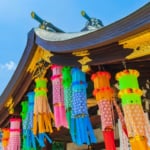
【Aichi Prefecture】5 recommended sightseeing spots in Ichinomiya City | Impressively rich in history, parks, and art!
-
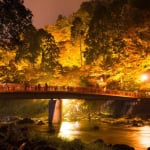
These Are the Breathtaking Views in Aichi You’ll Want to Show Off! 7 Recommended Tourist Spots
-
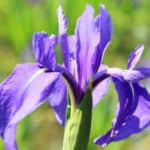
Feel the history of Chiryu City: 7 relaxing sightseeing spots to explore
-
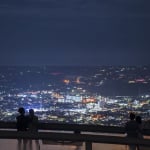
【Aichi Prefecture】 Zaozan Observation Deck | A Breathtaking Day & Nightscapes Viewing Spot with a Glimpse of Mt. Fuji
MOST POPULAR ON Aichi
-
 1
1Doha: Must-see Attractions in the Capital of Qatar
-
 2
2Toronto: 10 Things to do in this Picturesque Canadian City
-
 3
3Amarillo: A City Famous for It’s Amazing Canyons, Great History and Music
-
 4
4South Korea: Dazzling Scenery, Rich Culture and Fascinating History
-
 5
5Kuwait: A Country in Middle East Asia Famous for Hot Sand Dunes and Stunning Cityscape

